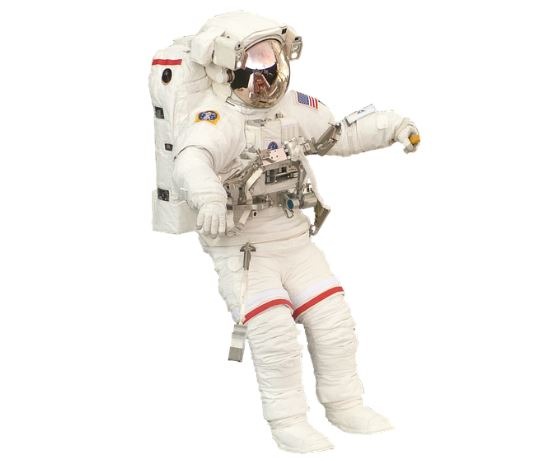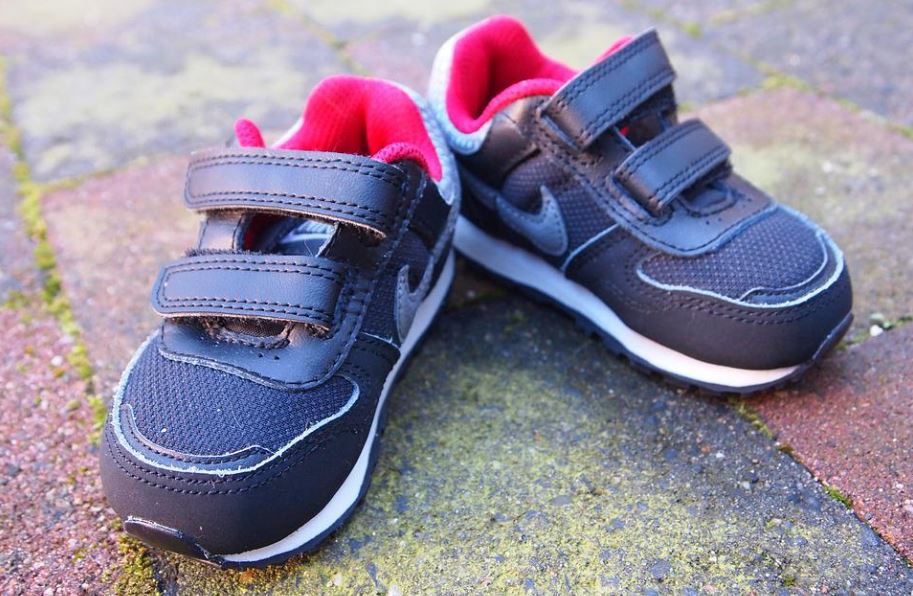Velcro® is a hook-and-loop fastener found on shoes, outerwear, leashes, key hangers, and other items in workplaces, kitchens, and garages. It’s something we can all see, feel, and hear. One half is rough and the other is soft. They fit together silently, but when pulled apart, they make a clear ripping sound. Velcro is everywhere and can be used for almost anything, but if one man hadn’t made a simple observation, we might never have enjoyed the usefulness it gives us today.
Many of us use VELCRO® hook-and-loop every day without ever thinking about how this modern marvel, which was inspired by nature, was made. But don’t you think it’s time you found out? Read on to learn more about the history of VELCRO®, from its start in Switzerland more than 60 years ago and its many uses all over the world.
An Accident Invention Inspired by Nature
Sometime in 1948 or 1941 as recorded in other sources, George de Mestral, a Swiss engineer and amateur mountain climber, took his dog for a walk in the woods. When he got home, he looked at the burrs that were stuck to his clothes and wondered if this was something that could be used in business. He looked at a burr through a microscope and found that it was covered with tiny hooks that let it grab onto clothes and fur that passed by. It took him a long time to transform the plant’s natural clinginess into a marketable product. After more than eight years of work and research, he came up with Velcro, which is a combination of the words “velvet” and “crochet.” The material was made from two strips of fabric, one with thousands of tiny hooks and the other with thousands of tiny loops. When the two strips were put together, they held tightly but could be easily taken apart.
Mestral needed the help of a professional weaver to fully develop his idea, so he took it to Lyon, France, which was a hub for the textile industry in Europe at the time. Mestral told many people about his idea, but they didn’t take him seriously. Finally, he was able to get one weaver to work with him. The weaver made a few prototypes out of cotton, but Mestral found that they wore out too fast, so he switched to using synthetic materials instead. Mestral chose Nylon as his material of choice in the end because, after a lot of testing, he found that it kept its shape and became very strong when heated. After working on the product for 10 years, Mestral finally came up with a way to make VELCRO® using machines. He got the name for the product by putting the words “velour” and “crochet” together.
In 1955, Mestral got a patent for VELCRO®, and he started making it in Europe and Canada. Eventually, he expanded his business to Manchester, New Hampshire, where VELCRO® USA, Inc. is now based. Mestral sold his company and the rights to VELCRO® a long time ago, but VELCRO® Industries is still going strong. It has plants and distribution centers in North America, Europe, Asia, and Australia.
What are the Uses of Velcro?
Velcro’s CEO told The Washington Post that the product wasn’t always as sticky as one expected. In 1983, he claimed, “Petticoats fell off and bras opened.” Velcro was a disappointment when it was released, despite De Mestral’s hopes that it would be used in fashion. It was practical but unattractive, and de Mestral envisioned using it on clothes, so it was hard to sell, designers shunned it. The only group that found it appealing was the expanding aerospace industry—astronauts didn’t want to mess with zippers and laces when getting into their spacesuits and wanted a solution to protect their personal goods and food from floating away in zero gravity.
The Apollo space program in the 1960s gave Velcro its big break. Astronauts used Velcro to keep things from floating away in space. Even the astronaut’s helmet has a tiny piece of Velcro so they can scratch their nose. The original patent for Velcro ran out in 1979, but instead of calling it a “hook and loop fastener,” people usually just call it Velcro. In 1968, Puma was the first company to make shoes with Velcro. The business attempted to bring Velcro into as many areas as possible as competitors began selling it. Velcro replaced screws and glue in car interiors in the 1980s.
A few years later, skiing enthusiasts realized that their outfits resembled space suits, which led to an increase in demand for VELCRO® ski-suit fastener products. Manufacturers of dive gear and other maritime clothing quickly followed suit. Today, VELCRO® hook-and-loop remains an essential component in the manufacturing of many different types of clothing and has become an essential fastening material for sneakers. Even though it may be used for everything from double-sided hook-and-loop tape to wire wraps, VELCRO® isn’t only a tool for business. Actually, it has led to the invention of a whole new recreational sport, called Velcro® Jumping, where competitors wear full-body VELCRO® suits and leap from VELCRO®-covered walls.
On its journey to revolutionizing the fashion industry, Velcro developed a reputation for being snobbish or only suitable for specialized audiences. To put it another way, Sylvia Porter’s notion of making a garment out of Velcro straps instead of zippers led to Velcro having a reputation as a clothing choice best suited to either youngsters or the elderly, with little room in between. Despite the fact that Velcro is arguably a better solution, those small zippers never really went away.
Recently, Nike has helped overcome the fashionability issues with Velcro shoes by launching a brand dubbed FlyEase, which features laced shoes that are locked in with a mix of strap and zipper. As important as it is that the shoe doesn’t bring attention to the fact that it’s a Velcro tennis shoe. When a teen with cerebral palsy received a letter requesting for a shoe he could put on himself, the business was motivated to create it in 2015. Tobie Hatfield, Nike’s Senior Director of Athlete Innovation, recently told Disability Scoop that the shoe line has changed their perspective on accessibility.
According to Hatfield, “one of the most important learnings we’ve had in developing accessible footwear is the significance of easy entry and exit of the shoe.” If an athlete can’t get their foot into the shoe, then lacing is a moot point, according to this researcher.
Another thing that may be helping is the rise in popularity of Velcro shoes. As actress Tracee Ellis Ross, who won a Golden Globe for her role in Black-ish, recently highlighted in Vogue, the Velcro sneaker isn’t unheard-of in sophisticated forms. When it comes to fashion and Velcro, it’s a terrific symbol of the fact that utility does not always trump form.





